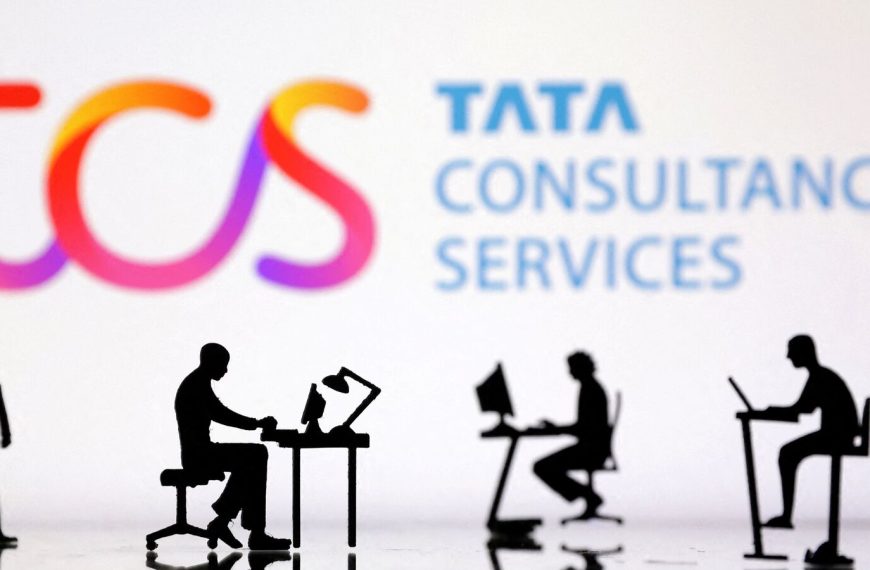In March, stock market indexes experienced notable fluctuations, largely driven by uncertainty surrounding U.S. tariffs. After a challenging five-month downturn, the Nifty index rebounded, climbing 6.4% for the month. This recovery signals a shift in market sentiment, raising questions about future movements in the Indian stock market as we enter the new fiscal year.
Foreign Portfolio Investors (FPIs) Shift Strategies
After a prolonged period of selling, Foreign Portfolio Investors (FPIs) have made a significant pivot. They reduced their short positions in index futures, resulting in a long-short ratio increase to 0.66, the highest level seen since December 2024. Furthermore, FPIs have transitioned to net buyers in the cash segment, pouring in approximately ₹32,576 crore over six trading sessions. This shift indicates that market valuations have become more attractive, currently standing at a P/E of 18.8x for the upcoming year—the lowest in five years.
Sector Performances and Future Prospects
Several sectors, including defense, industrials, and financials, have shown resilience, recovering from previously oversold conditions. Market observers remain cautious as President Trump is set to announce U.S. tariffs on April 2, 2025. The anticipated 25% tariffs on the automotive sector are expected to have minimal impact on India’s auto industry, primarily affecting ancillary sectors rather than the core automotive firms like Tata Motors.
Despite experiencing a downturn in February due to market corrections, the financial sector stands to benefit from the anticipated interest rate cuts in India. While banks may see a slight decrease in net interest margins, the overall increase in lending volumes could stimulate growth. Public Sector Undertaking (PSU) banks and Non-Banking Financial Companies (NBFCs) are likely to emerge as key beneficiaries, alongside selected private banks.
Power Sector and Economic Revitalization
As the economy shows signs of revival, demand for power is projected to increase. This uptick will encourage power companies to ramp up production, ultimately enhancing their earnings. India’s long-term energy narrative remains solid, with leading power financiers such as REC and Power Finance Corporation (PFC) poised to support thermal, renewable, and infrastructure projects.
Attractive Opportunities in Auto and Cement Sectors
Recent corrections in auto stocks, including Bajaj Auto and Hero MotoCorp, have made their valuations more appealing. Additionally, as interest rates decline and economic activity accelerates, the demand for cement is expected to rise. Notably, cement prices have not kept pace with inflation, presenting an opportunity for companies like UltraTech Cement and ACC to adjust their pricing strategies.
Retail Growth Amid Economic Challenges
Retail companies have faced sluggish growth due to a soft consumer environment. However, recent income tax cuts could enhance purchasing power, making retail stocks increasingly attractive for investors.
As we approach President Trump’s tariff announcements, investors should consider the potential for positive developments. If an extension is granted for negotiations until Autumn 2025, it may present an opportune time to accumulate Indian stocks. It is essential for investors to consult with financial advisors to tailor their investment strategies according to their risk profiles.
In summary, the Indian stock market is navigating a complex landscape, with various sectors showing both challenges and opportunities. The insights provided by experts can guide individuals in making informed investment decisions as the market evolves.











